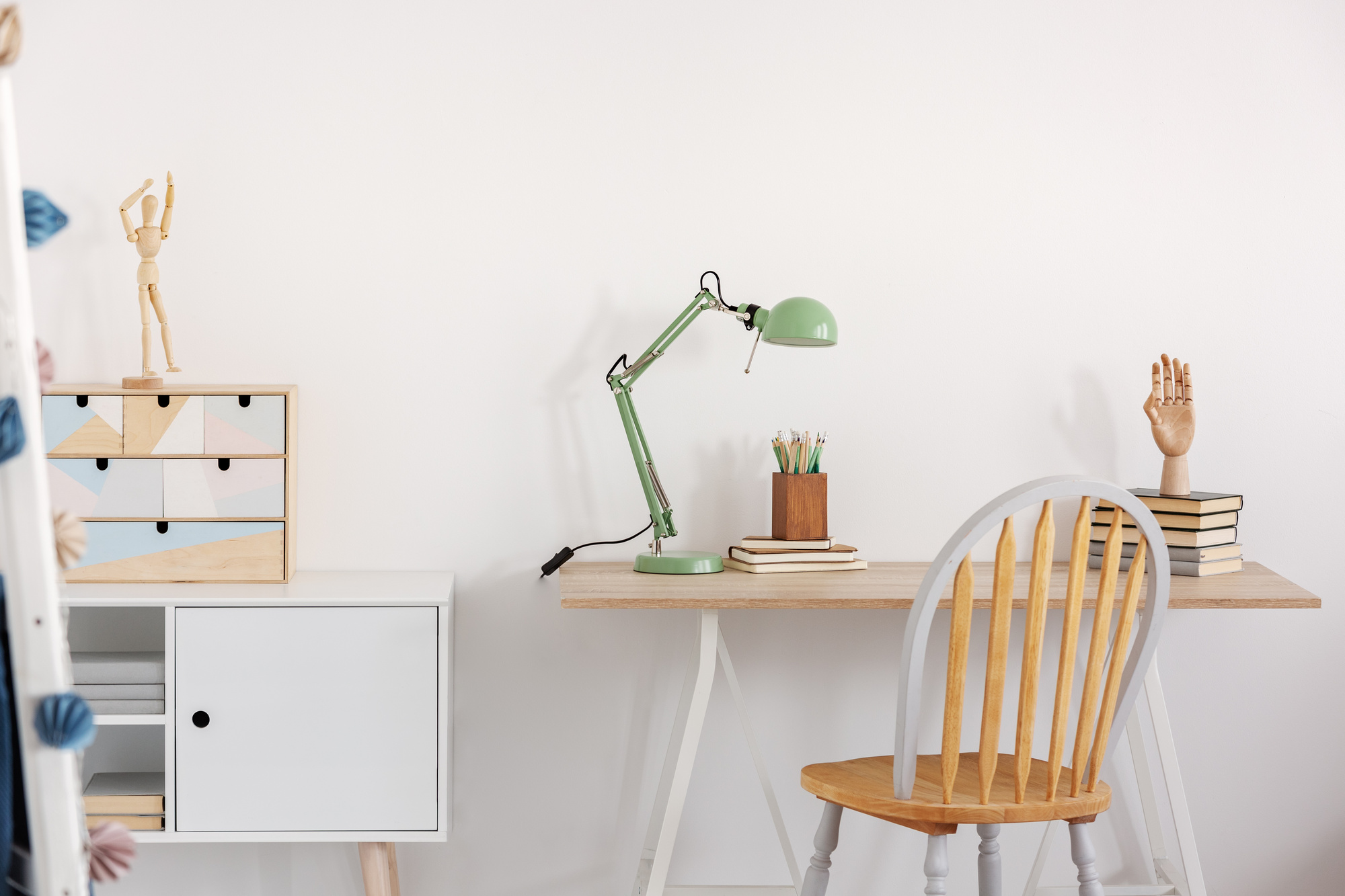How To Build Your Child’s Study Space At Home | Woombie

The environment is crucial to a child’s learning experience. Kids need a safe and comfy space to focus on their schoolwork, especially if they’re studying at home. You must consider their academic needs and build a perfect study room to make learning fun and fruitful.
Building a study space at home is quite a challenge for parents, particularly for younger children. Kids can be frisky and out of focus when the room is full of distractions, so a designated study spot is imperative.
Here’s a quick guide on building your child’s study space at home to support learning.
- Choose The Right Furniture Pieces
Shopping for high-quality furniture for your child's study space is crucial to their comfort and focus. If you're building a study room for a preschooler, a trusted educational furniture supplier like Grocorp can help you find specific pieces that fit their needs. Here are some essentials to add to your checklist:
- Comfy Table And Chair: An ergonomic table and chair keep your child comfortable while studying. Since kids grow fast, chairs and tables with adjustable heights are ideal.
- Shelves And Cabinets: Keeping things organized is crucial to minimize distractions. Pick shelves and cabinets where your child can store all their school supplies and keep them accessible.
- Play Equipment: Playing is essential for young kids. You may include some play equipment like a playhouse to encourage creativity. It’s also a fun additional feature if you have two or more kids at home.
When choosing furniture pieces for your child’s study space, ensure their sizes are appropriate to the floor area available to leave enough room for movement.
- Pick A Safe And Comfy Spot
Picking a safe and comfy spot for a study is crucial to your child’s focus. Older kids may prefer placing their desks in their bedrooms. However, building a study room is ideal for younger ones to create a separation between learning and leisure.
When building a study room, you may improve sound insulation, especially if your child prefers a quiet environment when studying. Ensure the space is well-ventilated to keep them comfy and healthy.
- Install Adequate Lighting
Installing efficient lighting is imperative when building a study space. The light should be bright enough to stimulate thinking and avoid sleepiness.
Dimmable LED lights are ideal for study rooms. During the daytime, you may utilize natural lighting with some artificial light to brighten the space. Daylight bulbs are also helpful for seasons with less sunlight.
For older kids, study lamps are a must-have. You can let them choose the type and design for an extra personal touch to their space.
- Equip With The Essentials
A study space should be equipped with all the schooling essentials. Having everything accessible in one room avoids interruptions in your child’s learning sessions. Here are some supplies you should stock up on:
- Writing Supplies: Pens, pencils, markers, and crayons are a must-have. Opt for oversized ones to eliminate the choking hazard if your kid is within preschool age.
- Art And Crafts: Kids express their creativity better with a complete art and crafts supply. You may prepare child-friendly paints, watercolors, colored papers, and yarns.
- Measuring And Math Tools: Rulers, protractors, and calculators are essential for kids in primary and secondary levels.
- Cutting Tools: When purchasing cutting tools, like scissors, consider their age, hand size, and dominant hand.
- Books: Aside from their academic books, you may also stack some story and interactive books to encourage reading outside their study time.
A well-equipped study room is imperative to make learning tools more accessible.
- Use Organizers
A kid’s study space can quickly get cluttered. Therefore, using organizers is a must. Containers, baskets, and pen holders can help your child learn to tidy up their room and encourage independence and responsibility at a young age.
Choose containers of different colors to categorize the items when purchasing organizers for your child’s study space. For instance, you may use green baskets for crayons, orange for paints, and blue for measuring tools. This organizing tip helps develop coordination and memory.
- Decorate With Your Child
Letting your child cooperate in building their study space can be a memorable bonding experience. You can let them choose their favorite colors and hang their favorite pictures and posters. You may also decorate it with some stuffed animals and educational toys.
If you’re creating a separate study room, adding an alternative seating option is also excellent. You can place a small couch or a beanbag chair where they can enjoy reading. Adding decorative lighting can also make the space feel more mind-stimulating.
Decorating the study space with your child encourages self-expression and creativity. They would enjoy learning better when they feel happy, safe, and comfortable in a room they helped build.
Conclusion
Building your child’s study space doesn’t have to be complicated. You can start with the essentials and maximize the available room to create the best environment supporting your kid’s learning.






